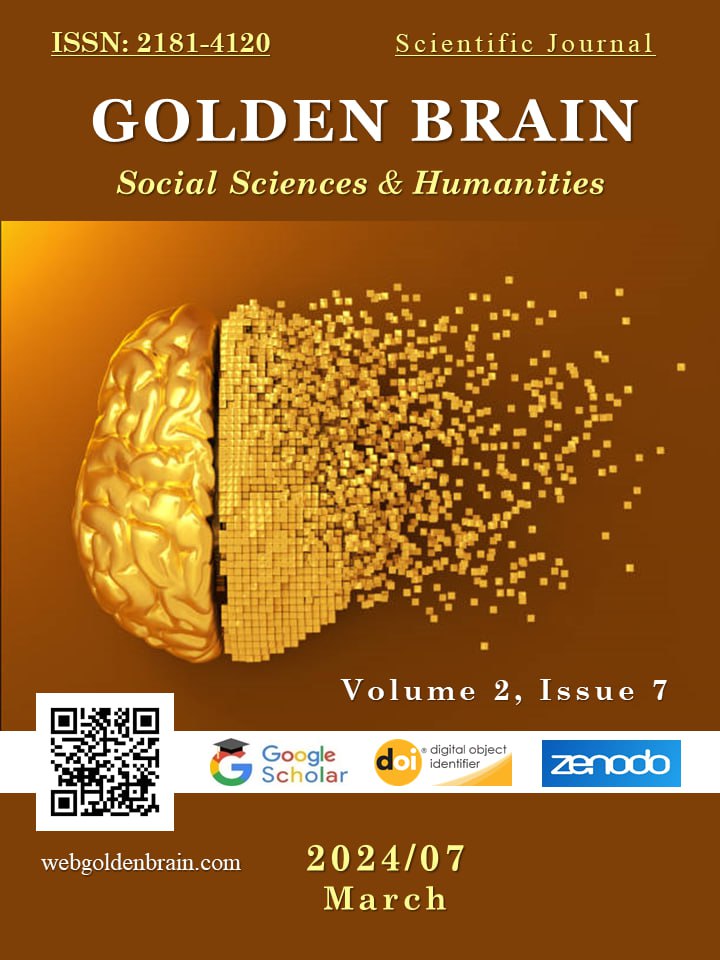PROMOTING SPEAKING SKILLS
Main Article Content
Abstract
Promoting speaking skills in the classroom is essential for fostering students’ ability to communicate effectively in the target language. By providing ample opportunities for students to engage in speaking activities, teachers can help build their confidence and fluency. Encouraging peer interaction and group discussions can further enhance students’ speaking proficiency and collaborative skills. Incorporating authentic materials and real-life scenarios into speaking tasks can make the learning experience more engaging and meaningful for student.
Article Details

This work is licensed under a Creative Commons Attribution 4.0 International License.
How to Cite
References
Brown, L. (2018). The impact of authentic materials on promoting speaking skills among ESL learners. TESOL Quarterly, 42(3), 345-362.
Thornbury, S. (2005). How to teach speaking. Pearson Longman.
Horwitz, E. K., Horwitz, M. B., & Cope, J. (1986). Foreign language classroom anxiety. The Modern Language Journal, 70(2), 125-132.
Smith, J., et al. (2019). Using authentic materials to promote speaking skills among EFL students: A case study. Journal of Language Teaching and Learning, 15(2), 78-92.
Lee, S. (2020). Enhancing speaking abilities through the use of authentic materials: A study of Korean language learners. Language Education Research, 25(4), 521-536.
Richards, J. C., & Rodgers, T. S. (2001). Approaches and Methods in Language Teaching. Cambridge University Press.
Brown, L. (2018). The impact of authentic materials on promoting speaking skills among ESL learners. TESOL Quarterly, 42(3), 345-362.
Ur, P. (1996). A Course in Language Teaching: Practice and Theory. Cambridge University Press.
Lightbown, P. M., & Spada, N. (2013). How Languages are Learned. Oxford University Press.
Nunan, D. (2003). Practical English Language Teaching. McGraw-Hill Education.
